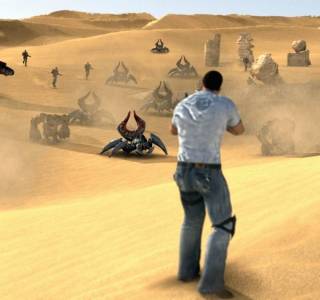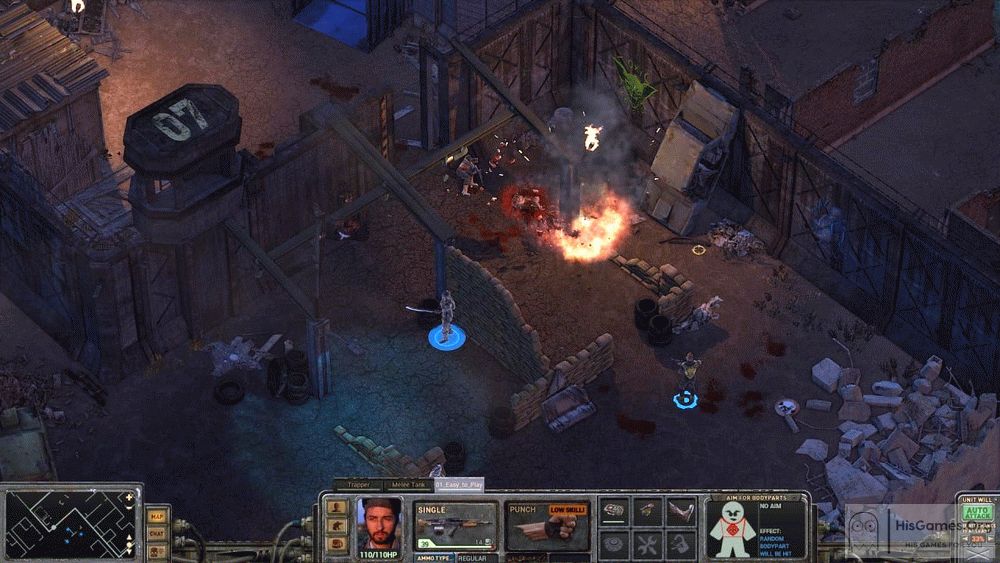

The Oscar-winning art direction for “Batman” owes its inspiration to Fritz Lang’s “Metropolis” (1926), which also screens Thursday, at 8 p.m. Dupont’s “Variety” and stars Dolores Costello.

Preceding “The Juniper Tree” at 5:30 in Melnitz is “The Third Degree” (1926), Michael Curtiz’s first picture for Warners, a circus picture that has been compared in style to E.A. Even so, the film is distinctive, ambitious and genuinely poetic.

(Why is it that so many filmmakers feel that when they’re dealing with a medieval subject their people have to behave with the formality of a Gregorian chant?).

You may not be surprised to learn that this is a first film, for it is very, very solemn. The essential story is timeless, involving a young boy’s resistance to his new stepmother, but involving elements of the supernatural that suggest how ritual and belief are necessary to give meaning to existence-even if to us they smack of superstition. This is most impressive for a debut feature, a period fable shot in a beautifully modulated black and white. On Thursday at 7:30 p.m., the Archive, in association with the Independent Feature Project/West, will present Nietzchka Keene’s “The Juniper Tree” (1989), an adaptation of a Grimm fairy tale filmed in English in Iceland and set in the late Middle Ages. The ending is abrupt and upbeat however, there’s always the possibility the final sequence is only a mirage. Naderi, now in exile in New York, manages to make compelling a simple and increasingly grim story through his command of imagery and the subtle, perceptive quality of his observations-indeed, the boy, in his determination, can be taken as a figure in a contemporary Third World allegory. In fact, since the boy and other emigrants from the area dress in the old nomadic style, the truck is one of the handful of reminders that the picture is actually taking place in the present.
DUSTWIND TORRENT DRIVER
He is played by the resilient and appealing Majid Niroumand, the gifted star of “The Runner.” Very quickly our concern for him in finding his family gives way to the fear that he may not survive.Īs relentless as the film is with its incessant, howling windstorms, it is also contemplative, a consideration of nature as hostile, and contrasting the traditional Persian hospitality accorded the boy by an old man with a truck driver who not only doesn’t even offer him a ride but also splashes the hood of his truck with incredibly precious water. On this bleak horizon the camera picks up a young boy returning to his family’s encampment only to find that they have been forced to move on. Amid stark desert landscapes in southern Iran we see household utensils abandoned by people who have moved on in search of water holes that have not yet run dry. This 1985 production depicts drought with a terrible beauty.
DUSTWIND TORRENT MOVIE
at Melnitz Theater with Amir Naderi’s stunning “Water, Wind, Dust.” Until this series and the current run of “The Tenants” the only post-revolutionary Iranian movie to play locally was Naderi’s equally remarkable and thematically similar “The Runner.” The UCLA Film Archives’ “A Decade of Iranian Cinema” continues Tuesday at 8 p.m.


 0 kommentar(er)
0 kommentar(er)
